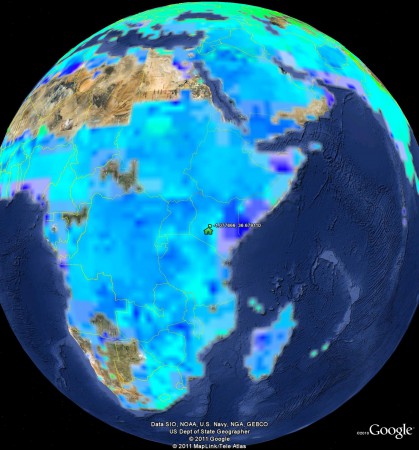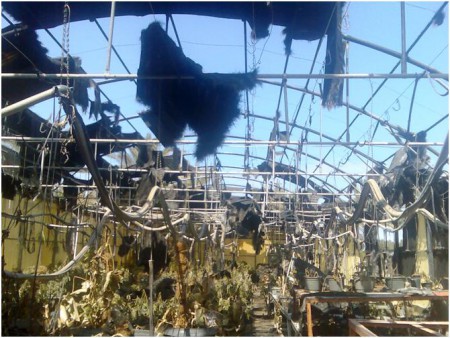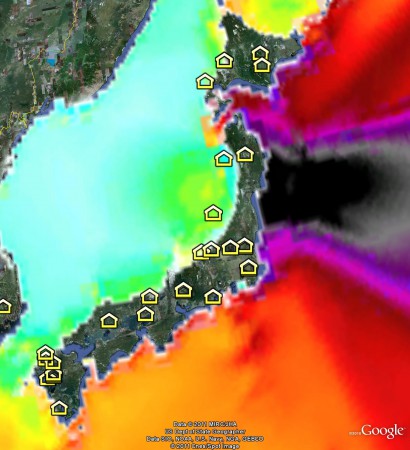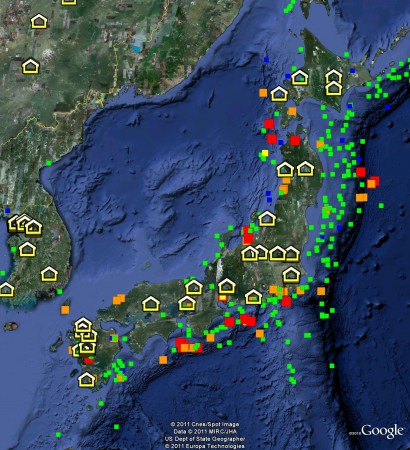![]() Another dispatch from the outer reaches of GISland. Yesterday’s post on the likely consequences of climate change around my mother-in-law’s farm in Kenya got me thinking that it would be nice to see where that locality fits in the global vulnerability scene. One can actually do that thanks to a recent paper in Global Ecology and Biogeography. 1
Another dispatch from the outer reaches of GISland. Yesterday’s post on the likely consequences of climate change around my mother-in-law’s farm in Kenya got me thinking that it would be nice to see where that locality fits in the global vulnerability scene. One can actually do that thanks to a recent paper in Global Ecology and Biogeography. 1
The authors start by calculating something they call Global Climate Vulnerability Index (CVI)
…by combining climate change forecasts with current relationships between human density and climate. We further refined the CVI by contrasting predicted vulnerabilities with demographic growth rates to create a climate–demography vulnerability index (CDVI) reflecting the spatial disparities between demographic trends and climate-consistent population growth.
The global map of CDVI is Fig. 5 in the paper. But how to get that into Google Earth? Thanks to the raw GIS files from one of the authors, and some R magic from friend and occasional contributor Robert, I now have a kmz file of CDVI, on top of which I can easily plot the location of the mother-in-law’s spread at Gataka near Limuru. In the map below, dark blue is bad, light blue less so.
Gataka turns out to have a slightly positive CDVI.
Highly negative values [of CDVI] … represent low-vulnerability situations where current demographic growth is much lower than climate-consistent population growth, while highly positive values … represent high-vulnerability situations where current demographic growth vastly exceeds climate-consistent population growth.
So, bad news for the mother-in-law, but not actually as bad as I feared. I wonder if I can persuade her to diversify. Perhaps into indigenous leafy greens. And sorghum, as maize seems to be heading for trouble. SPAM says sorghum should be the main crop here anyway. It may yet turn out to be right.



